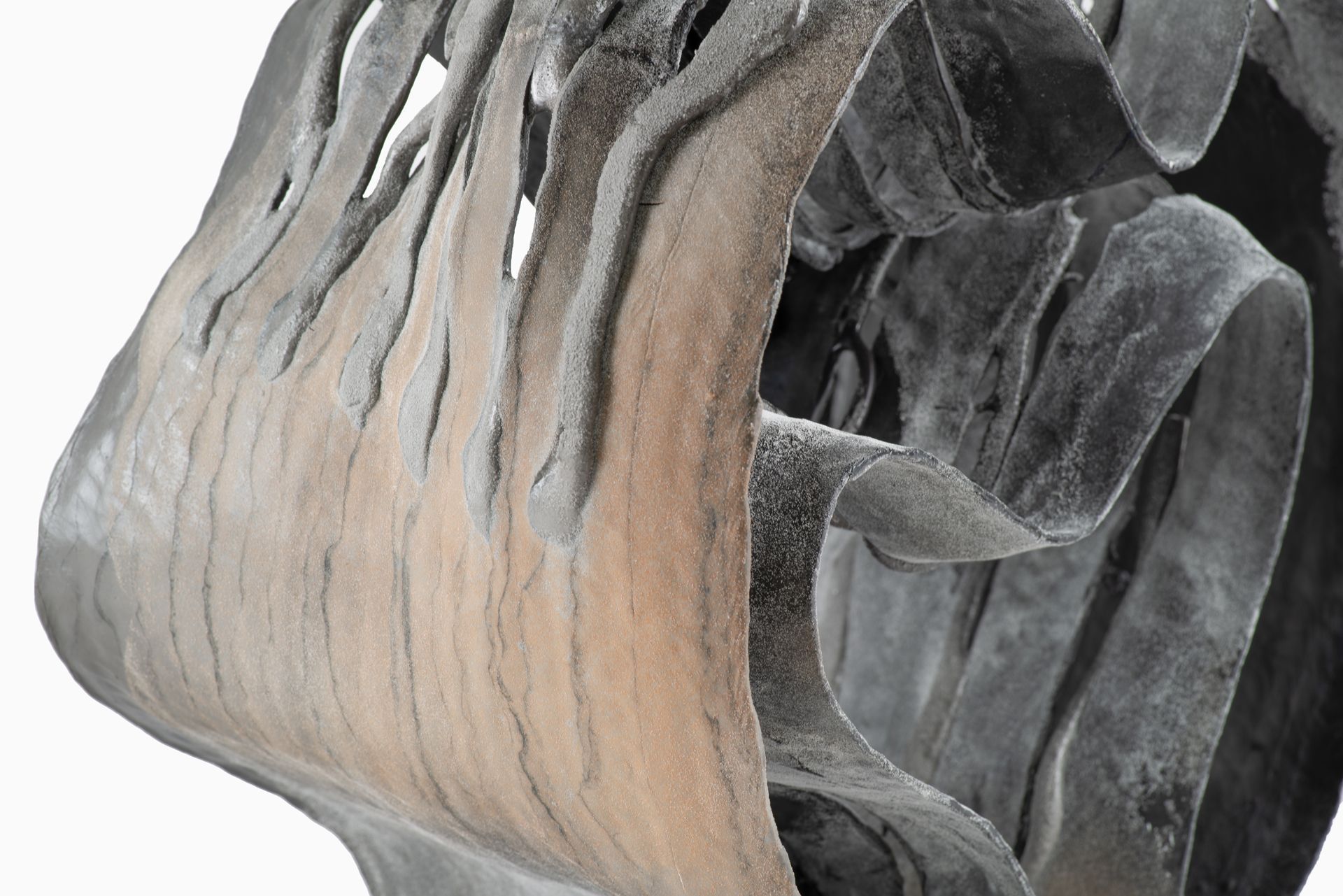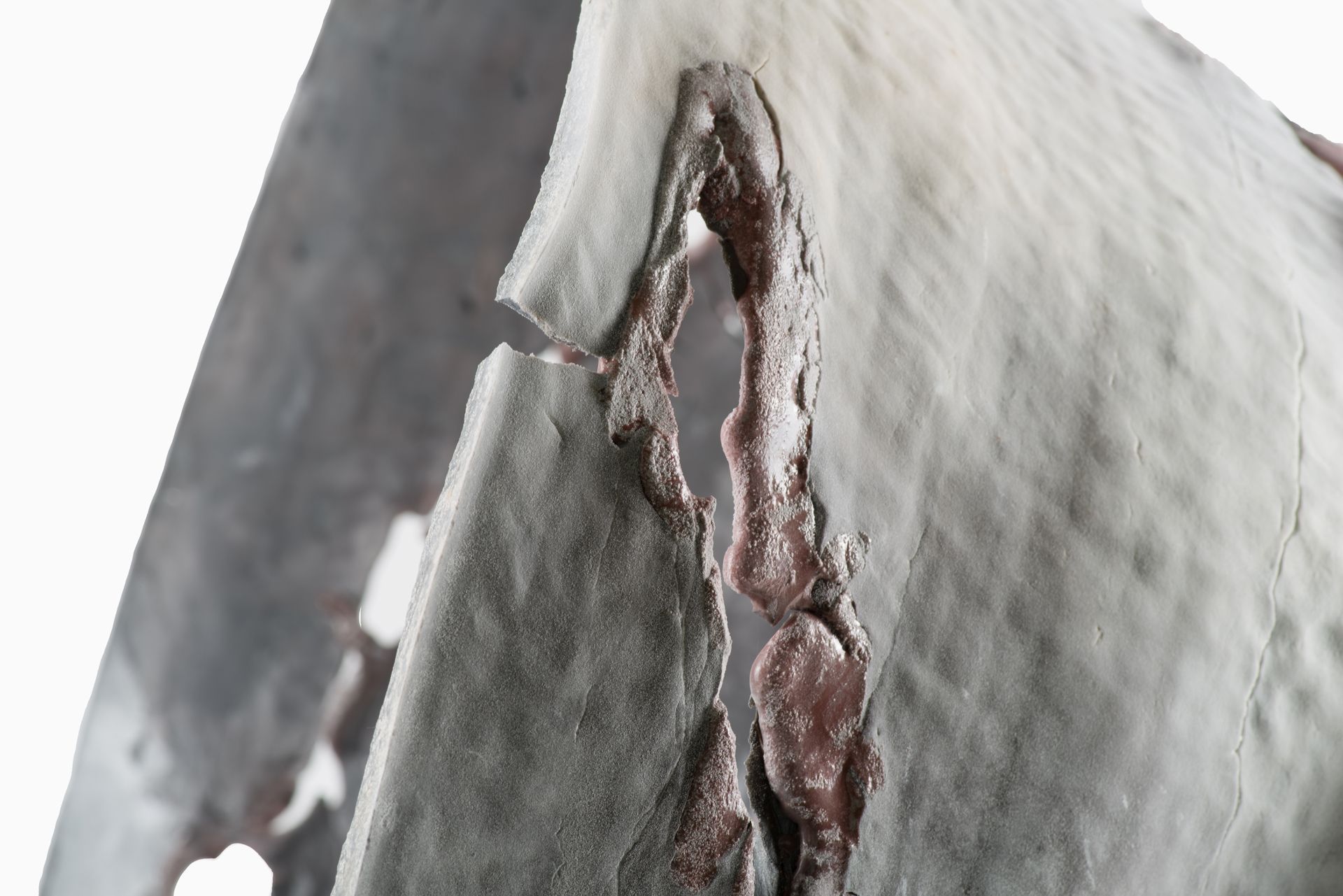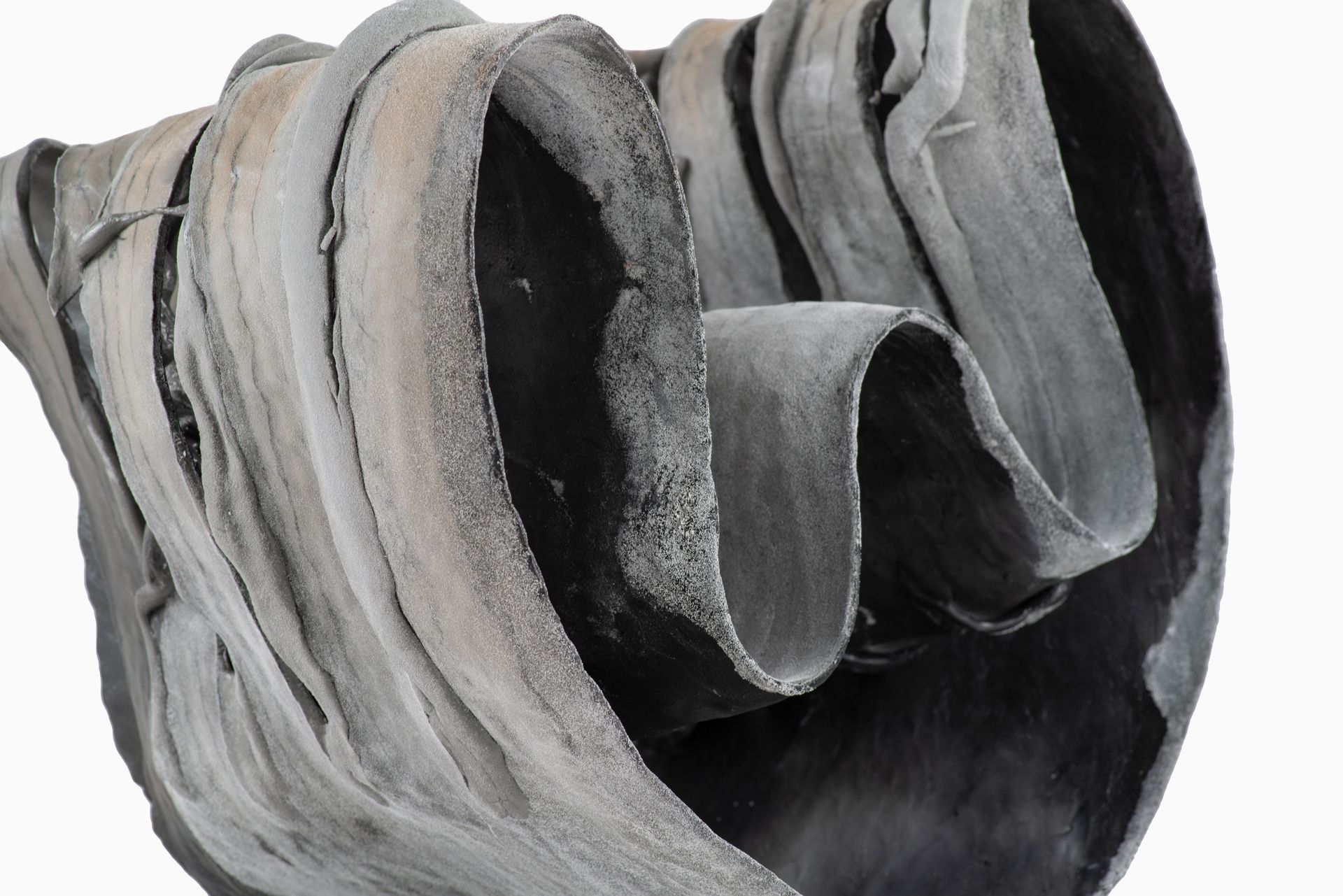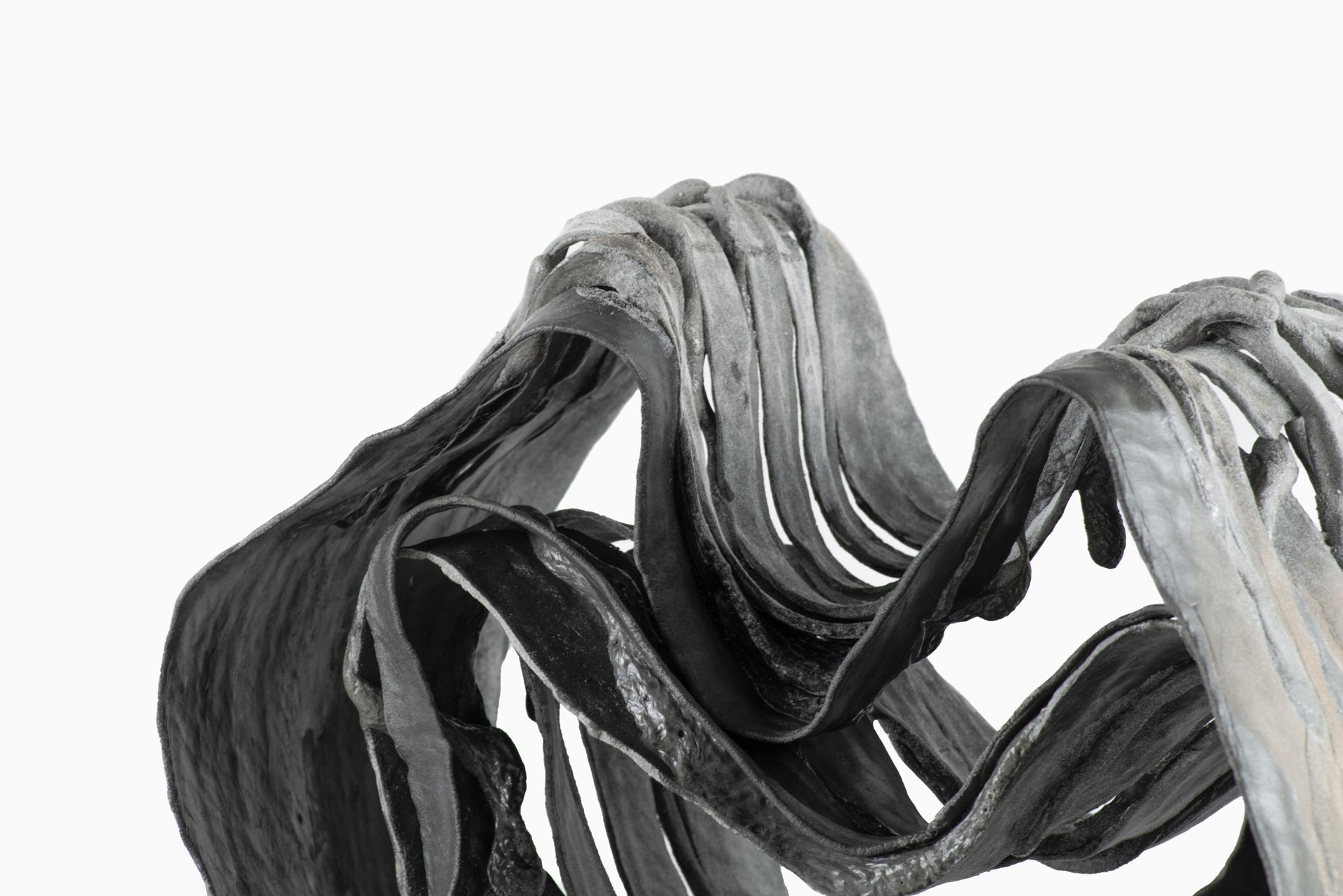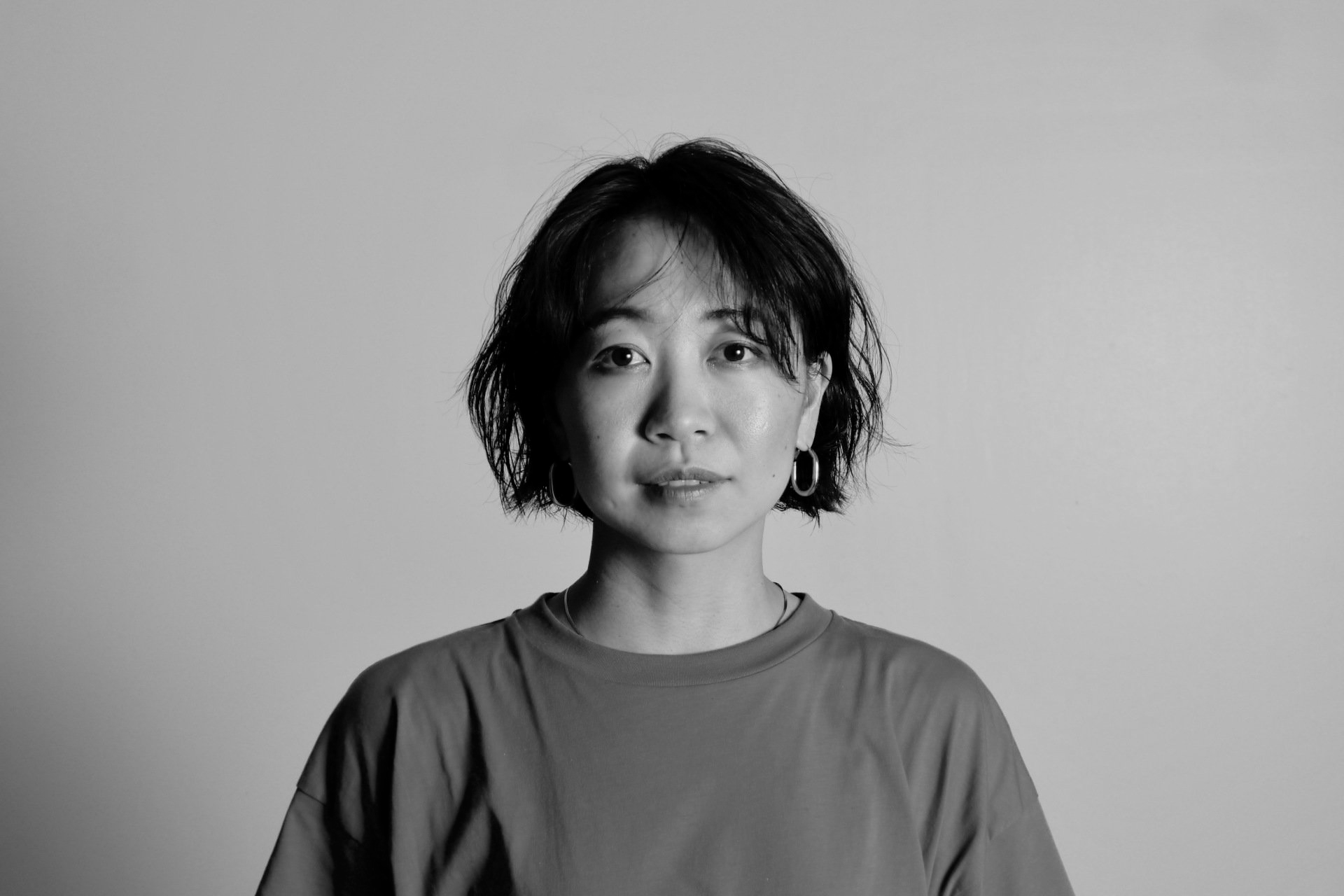Namika Nakai
Namika Nakai was born in Hokkaido in 1993. She graduated from Tajimi City Pottery Design and Technical Center, in 2019. A well known institution that hosts ceramists’ students, eager to acquire and train fundamental craft techniques. Rewarded with an Excellence Award from the Kasama Ceramic institute in 2021, Namika has gained recognition amongst the Japanese art community over the past years by exhibiting her outstanding artworks all over Japan through solo shows and art fairs. Today, the renowned Utatsuyama Kogei Kobo in Kanazawa is where Namika perfects her technique and where she finds inspiration to pursue her art journey.
Although having grown in a creative environment, her father being an architect, Namika Nakai started to study psychology as she felt attracted by how emotions shift around depending on circumstances and context.
It is after a year abroad, in Australia, surrounded by creative people that she felt an urge to also create. She then went to a Danish school where she started to study ceramic and glassworks. She decided to return to Japan to continue her studies as, in her perception, the Japanese approach of ceramic is more fine art oriented by opposition to the more design-based approach that the West applies.
At the premise of Namika Nakai’s work lies her desire to reinterpret traditional ceramic materials. Conventionally, the glaze has been used for two main purposes; the first is functional with the aim of making a piece impermeable, the second is aesthetic and aims to change the colour and/or the texture. Namika reconsiders the traditional respective roles of clay and glaze and by going further than conventional ideas about their relationship. Looking at glaze not for its decorative role but rather as a material more soluble than the clay itself, she started to experiment by considering the shape as a drawing or by baking the clay in a unconventional manners. From her experience built on years of practice, Namika knows where the cracks will occur but not how deep they will be and that is how she realized that the utmost control will automatically be thwart through the baking process. Ceramic art is something that could not be solely achieved by the artist, it must be regarded as the combination of artist’s skills, materials’ characteristics, and the whole baking process.
Selected works

